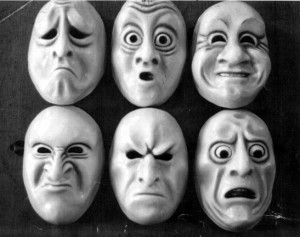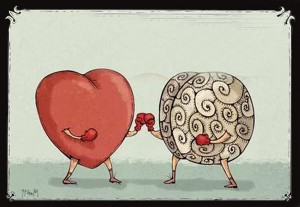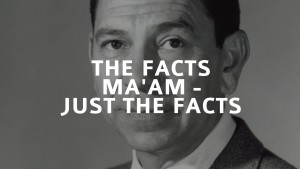When I worked for Team One Advertising back in the late 1990s, I learned something fascinating about the material created by a group devoted exclusively to designing, writing and producing the expensive, glossy collateral for the Lexus Automobile account. These folks spent weeks and months on each brochure and I envied the copywriters. I was trained as a long-form direct-response writer, so the chance to sink my teeth into a brochure-length piece about one automobile was tantalizing.
Alas, they guarded their turf and never gave me a shot.
But what I learned taught me a valuable lesson about advertising in general and about the creative brief in particular.
What I learned from my colleagues in the Lexus collateral department at first startled me: Research told them that their beautiful brochures did not drive sales as might have been expected. Instead, Lexus collateral reinforced purchase decisions.
Translated, that means these expensive perfect-bound booklets were often acquired by someone after they had purchased or leased a new Lexus. Why? To provide the buyer with empirical evidence to support a purely emotional buying decision. 
It’s not an oddity at all. It makes perfect sense. My experience bears this out after 30 years as a creative. I just couldn’t prove it. Then in 2005, the Harvard Business Review published a study that offered quantifiable evidence to support the notion that the only way to achieve brand loyalty is when a consumer establishes an emotional connection to that brand. No emotional connection? No loyalty.
Ask any creative in the advertising/design/communication business and they would tell you this is a truth. They know this from experience. But until 2005, there was no empirical evidence to back it up. Psychology, on the other hand, understood these connections earlier and some advertising academics have picked up on it.
So what does this have to do with the creative brief?
Perhaps you’ve heard the saying, “Whenever the head and heart do battle, one side wins while the other loses.” Or something like that. 
In other words, when emotions and reason confront each other, it’s a zero-sum game.
But not so with a creative brief. Emotions and reason share equal billing, although creatives believe, and now have the evidence, that to spark the best creative solutions, a truly inspired creative brief must, by definition, tap into the emotions of the consumer if the connection is to take root.
Let’s not forget that the creative brief is only a shell with questions. It is how those questions are answered, and ultimately, how those answers incite the full monty of a creative solution that determines whether or not the brand lives or dies in the hearts of consumers.
Ah…but let’s also not forget this opprobrium: Garbage in, garbage out.
The creative brief is your starting point. Get it wrong there, and everything that follows falls apart.
So the creative brief must contain both facts and emotions.
There are many boxes (or questions) on the brief where facts reside.
There is, however, one question on a creative brief designed to inspired an emotion: the proposition.
This is where some in the academic world might raise an eyebrow. They might argue that few, if any, propositions do this work. They may be right. A close look at the emotional content of ads today or in the last decades, is stultifyingly void. Whether this is the result of an emotion-less proposition or just uninspired creative, or both, is open for debate.
The fact remains that the creative brief is organic and malleable. It is also a shell waiting for inspiration. How it is filled in and by whom determine how compelling the spark is.
There is no argument that we humans make decisions with our emotions, not our reason. Reason is sometimes used after the fact, as the example of the Lexus collateral material testifies. Advertising creatives have known this for a very long time, and now there is plenty of evidence to back it up.
Which means that the creative brief must reflect this reality. To engage a consumer in behavior that results in brand loyalty, they must be inspired by an emotional connection to the brand. The creative brief is the first step of the creative process. If the spark is weak, the emotion will be, too.

